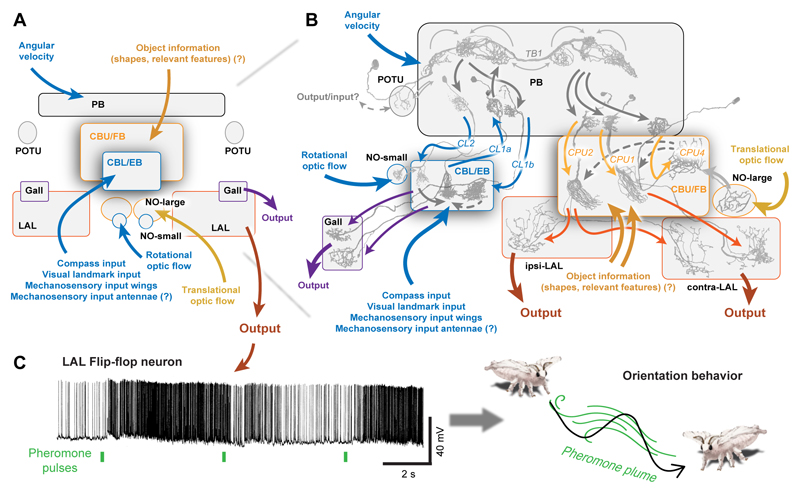Fig. 7. Sensory-motor transformation in the CX as basis for navigational decisions.
(A) Summary of sensory input and possible output pathways of the CX. (B) Detailed information flow within the CX. Several sensory pathways convey different information to different levels of the two main CX-circuits, the FB-circuit (orange) and the EB-circuit (blue). Question marks: proposed input pathways inferred from physiological data lacking anatomical confirmation. Grey arrows: connections verified in Drosophila (Franconville et al., 2018). Dashed grey arrows: proposed connections. Coloured arrows: information flow. (C) Left: A flip-flop LAL-neuron in the moth Bombyx mori responds to pheromone pulses with inversion of activity. Adapted from Mishima and Kanzaki (1998). Right: Illustration of the zig-zagging plume tracking behaviour initiated by the flip-flop neurons.

